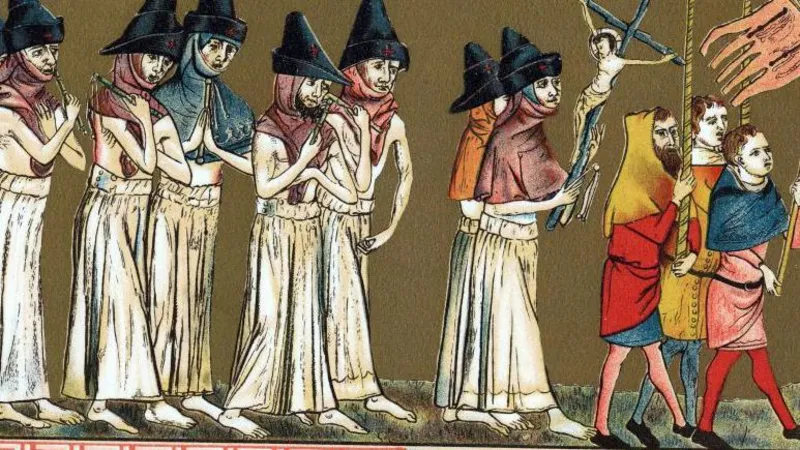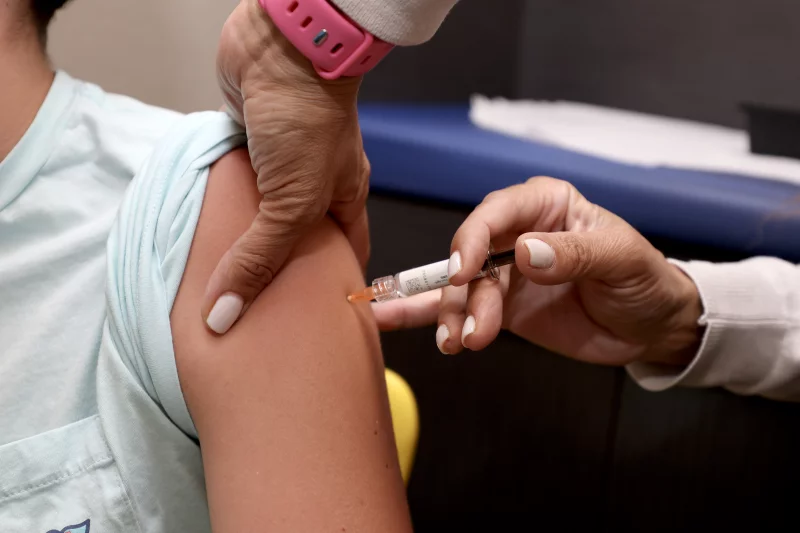Lansing, September 3, 2025 — Michigan wildlife officials have confirmed the state’s first epizootic hemorrhagic disease (EHD) cases of the year—found in free-ranging white-tailed deer from Eaton, Jackson, Van Buren, and Washtenaw counties.
What’s Happening
EHD is a viral, potentially fatal disease transmitted to deer through bites from infected midges (biting flies), not through direct contact between deer. Experts from the Michigan Department of Natural Resources, Michigan State University Diagnostic Laboratory, and the Southeastern Cooperative Wildlife Disease Study verified the cases.
What It Means
- Human and Pet Safety: There’s no evidence that humans, household pets, or other wildlife can contract EHD. Venison from healthy deer remains safe to eat; however, consuming visibly sick deer is discouraged.
- Seasonal Context: EHD typically breaks out in late summer to early fall, particularly when conditions follow a wet spring with a hot, dry summer. The arrival of the first frost naturally halts further disease transmission as it kills off the midges.
Public Cooperation Encouraged
Local agencies are urging residents to report sick or dead deer through the DNR’s “Eyes in the Field” system. Deer infected with EHD often appear lethargic or disoriented, may have bloody discharges, and frequently seek water sources before collapsing due to fever and dehydration.
Looking Ahead
EHD can cause significant mortality in localized areas, but historically it does not drastically impact the statewide deer population long-term. Surviving deer may develop immunity, reducing the likelihood of repeated outbreaks in the same area.












Leave a Reply